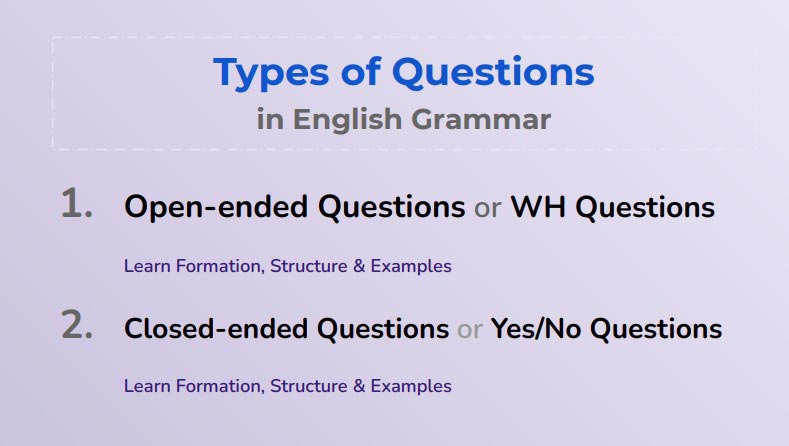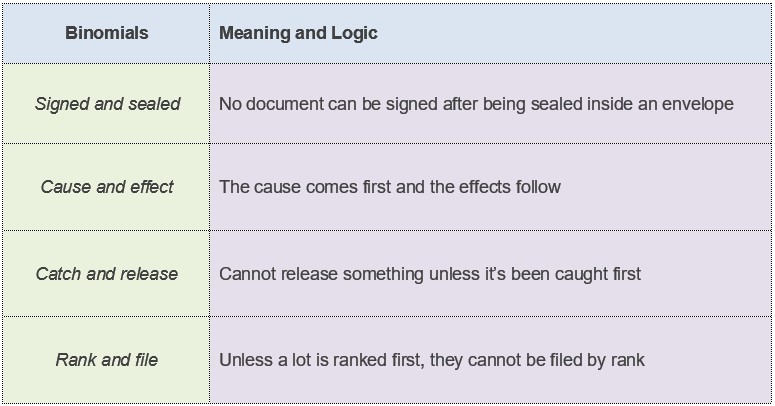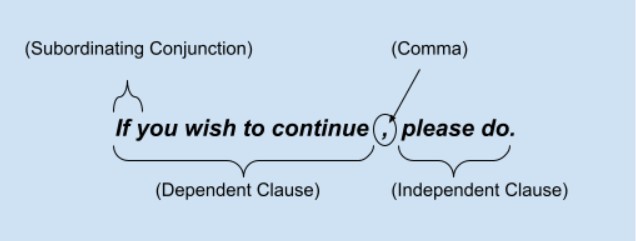Infinitive: Definition and Types

What is an Infinitive?
An infinitive is a verb retaining its basic or root form while being used as an adjective, an adverb, or a noun while being preceded by "to." There are certain verbs that require the infinitives to follow them so that they can express the complete sense of layered impression about the point being made. The complete verb structure, in that case, would be -
… main verb + to + base verb ...
The most popular among those verbs would be the verbs listed below -
| Verbs used before Infinitives | |||
| agree | demand | hurry | prepare |
| aim | fail | manage | refuse |
| ask | hesitate | offer | want |
| decline | hope | plan | wish |
Types of Infinitives
There are a good variety of infinitives used in sentences. Learning about them and the difference between them would help clarify where and when to use them correctly.
Let’s start with the three major types of infinitives - Full, Bare, and Split Infinitives.
Full Infinitive
Infinitives are called full infinitives while the infinitive signature "to" is intact in front of the verb that completes it compared to the bare infinitive situation.
Examples:
- I'm lucky to hear from you after ages.
- Are you here to run the marathon?
- Don’t promise to do more than you normally can manage.
Bare Infinitive
The bare infinitive is where the infinitive sign "to" is omitted in sentences. There are a few base verbs that allow the infinitive signature "to" to be omitted in a sentence and they are - make, let, help, hear etc.
Examples:
- I made him beg for the next candy.
- She heard me scream.
- He let the kid climb the tree.
Split Infinitive
When the construction of infinitive is agitated by mostly adverbs, they are termed as split adjectives. The adjective slides in between the infinitive marker - “to” and the base form of verb concerned.
Examples:
- I wanted to boldly go for what I stand for. (Split Infinitive)
- I wanted to go boldly for what I stand for. (Full Infinitive)

There are three tense-based infinitives that depend on the point in time when the action concerned has taken place and if it went on for a certain period of time when it did take place - Continuous, Perfect and Perfect Continuous Infinitives.
Continuous Infinitive
Remarks containing the continuous infinitive usually indicate an action that has been or will be going on for a certain period of time. In structure, this type follow the formula “to + be + present participle (base verb + -ing)”.
Examples:
- I would love to be lying in my bed all day during weekends.
- You seem to be losing interest in the project.
- Ronald likes to be attracting a lot of attention.
Perfect Infinitive
It refers to a point in time that is prior to the time the statement is being made. The regular present perfect tense structure followed by the infinitive marker - “to” is the normal formula of this type that looks like - “To + have + Past Participle.”
Examples:
- He would wish to have seen the show live.
- I’m very glad to have met you again.
- Rosie meant to have been there for her friend.
Perfect Continuous Infinitive
The regular present perfect continuous tense structure follows the “to” and makes it perfect continuous infinitive - “to + have + been + Present Participle.” The sense of continuation is added to the perfect infinitive without the obligation to state the time frame as in the perfect continuous tense structure.
Examples:
- The kid seemed to have been crying for the past hour or so.
- You looked to have been lying your way into the job.
- He was believed to have been dying to visit the new cafe.
There are a few more types of infinitives that need to be taken into consideration when learning about them in detail.
Passive Infinitive
The passive infinitives shift the focus of the sentence towards the object when the speaker decides to put a certain emphasis on it. Putting the active and passive infinitives side by side gives a clear view as to how it actually shifts focus from the subject in the active form to the object in the passive form. As for the grammatical structure, the “to + base verb” in the active form becomes “to + be + past participle” in terms of this type.
| Active Indefinite | Passive Indefinite |
| I have to do this. | This has to be done. |
| There’s only so much to achieve. | There’s only so much to be achieved. |
| You have got to write the letter in time. | The letter has got to be written in time. |
WH-Infinitive
Infinitives followed by the WH question words usually precede base verbs in general and they are - show, know, ask, decide, tell, explain, understand, forget etc. and that creates the WH-Infinitives.
Examples:
- I asked what to learn for the job responsibilities.
- He explained how to go about the business effectively.
- Let me know when to wake you up for the meeting.
- Tell us whether to wait for you or not.
WH question word - “Why” stands apart in this case because it is followed by bare infinitives which means the infinitive structure is retained but without the presence of the infinitive marker - ”to”.
Examples:
- Why prepare for the seminar at all?
- Why let him mess with my head?
Anaphoric “to”
Anaphora refers to the repetition of words or phrases in sentences. The Anaphoric “to” refers to the occasions where the infinitive marker - “to” needs to be repeated in the next part of the sentence for making a complete sense which is possible without having to repeat the verb as well.
Examples:
- It’s hard for me to sit in one place for 4 long hours, but I have to (sit).
- I don’t mean to impose but I’m having to (impose).
- She doesn’t like to talk out loud very much but she pretends to (talk).
Grammar
Read More
- How to Use "Therefore" in Sentences Avoiding Common Mistakes
- How to Use "Whereas" with Examples and Avoid Common Mistakes
- When and How to Use "Thus" Correctly Without Common Mistakes
- How to Use "On the Contrary" Properly with Meaning and Examples
- When and How to Use "Either/Or" with Examples and Common Mistakes to Avoid
- How to Use "On the Other Hand" Effectively without Mistakes
- How to Use "Respectively" with Example and Common Errors to Avoid
- How and When to Use "Moreover" Without Mistakes
- How to Use "Likewise" in Sentences Based on Context & When not to Use
- When & How to Use "Although" in Sentences to Avoid Mistake



